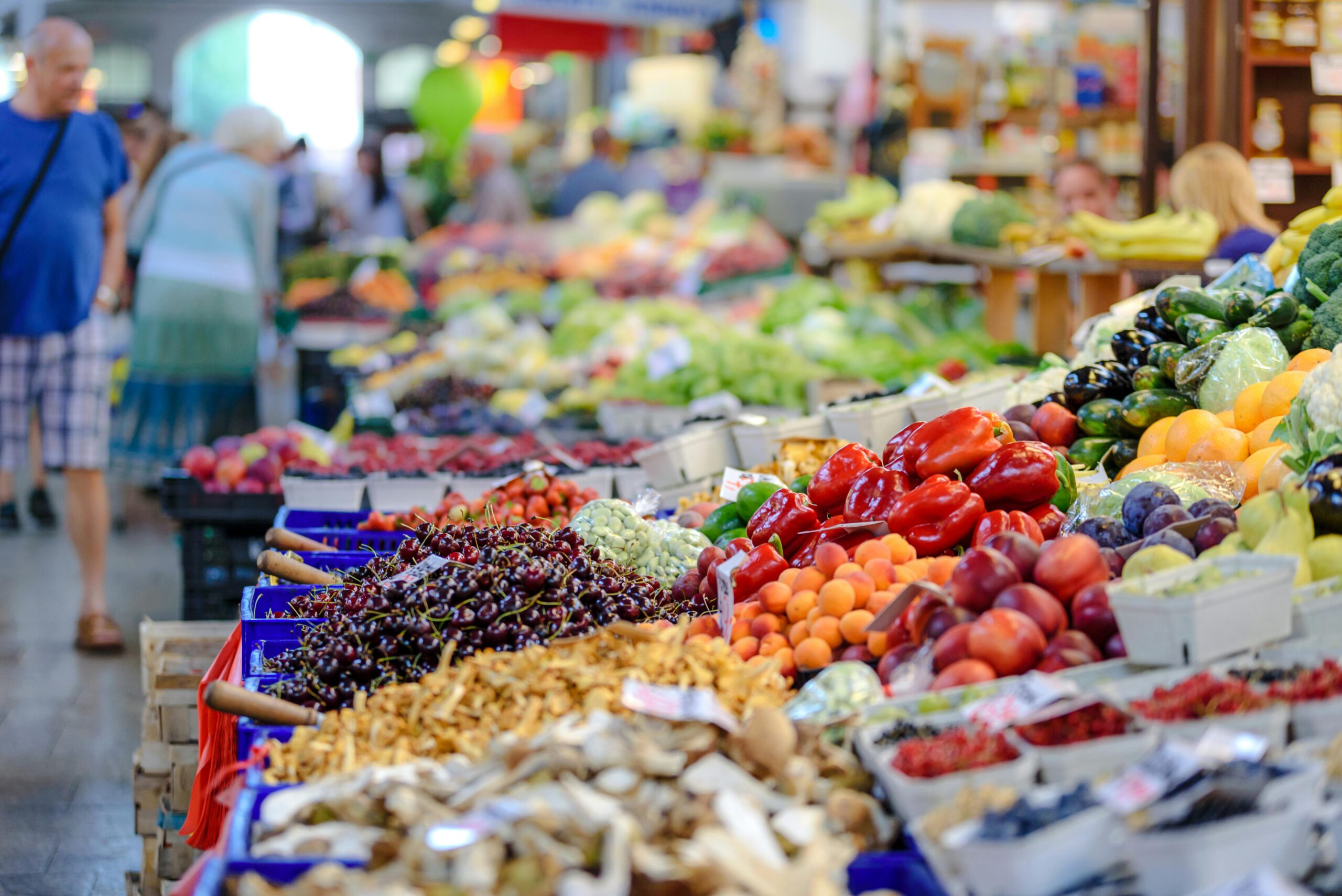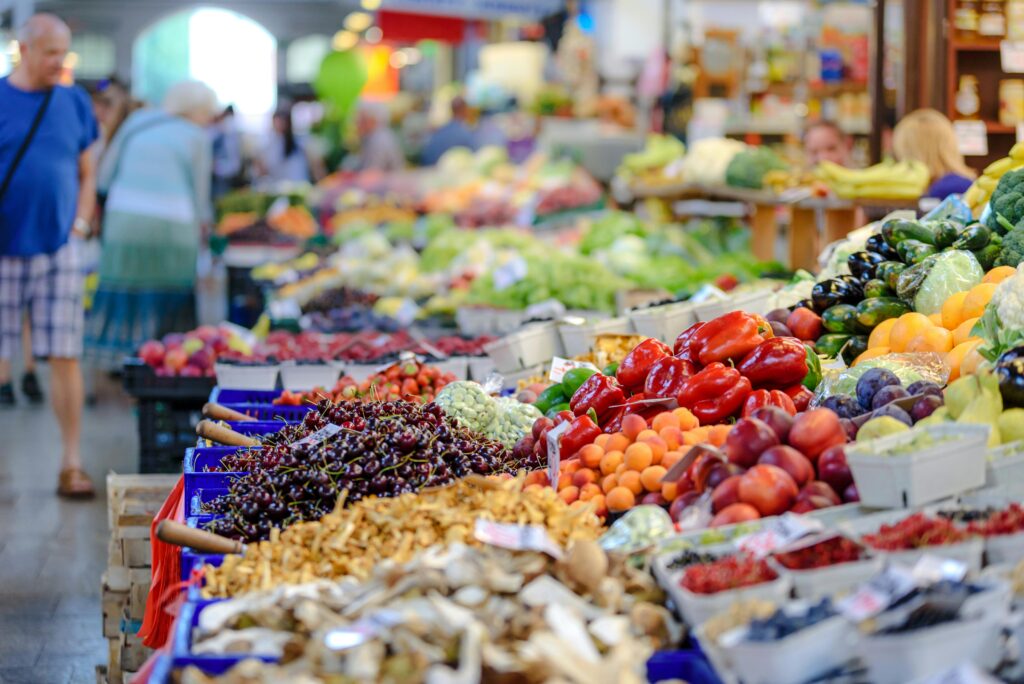
In a recent meeting, the Central Bank of Brazil released an important communique that has caught the attention of economists, investors, and policymakers alike. The minutes from this meeting indicate that the cycle of interest rate hikes is not yet over. This decision comes in the wake of ongoing inflationary pressures, particularly in food prices, which remain stubbornly high and are poised to affect various sectors of the Brazilian economy.
Understanding the Context
Brazil, as one of the largest economies in Latin America, has been grappling with inflation for several years. The country has faced numerous challenges, including political instability, economic downturns, and external factors such as global commodity prices. In recent times, inflation has surged, primarily driven by rising food prices, which have become a significant concern for both consumers and policymakers.
The Central Bank of Brazil, tasked with maintaining stability in the financial system, has responded to these inflationary pressures by increasing interest rates. Higher interest rates are generally employed to curb inflation by increasing the cost of borrowing, thus reducing consumer spending and investment.
The Current Economic Landscape
The minutes of the latest Central Bank meeting reveal that policymakers are acutely aware of the persistent rise in food prices, which has been influenced by various factors including climate change, supply chain disruptions, and geopolitical issues. For instance, Brazil is a major exporter of agricultural products, and fluctuations in global markets can directly impact domestic prices. A drought in the southern regions or rising costs of fertilizers can lead to significant increases in food prices, which in turn affects overall inflation.
According to data released by the Brazilian Institute of Geography and Statistics (IBGE), food prices have seen a sharp increase over the past year. Essential items such as rice, beans, and meat have experienced double-digit inflation rates, making it increasingly difficult for families to meet their basic needs. This situation is exacerbated by rising transportation and production costs, which are further translated into higher prices for consumers.
The Impact of Interest Rate Hikes
In response to these inflationary trends, the Central Bank has been on a trajectory of raising interest rates. The current Selic rate, which is Brazil’s benchmark interest rate, has seen several increases over the past year. As of the latest meeting, the Central Bank indicated that further rate hikes might be necessary to tame inflation, particularly as food prices continue to exert pressure on the economy.
Raising interest rates has a dual effect. On one hand, it aims to stabilize prices by discouraging excessive spending and borrowing. On the other hand, higher interest rates can also slow down economic growth. For businesses, increased borrowing costs can lead to reduced investment, which may hinder expansion plans and job creation. Moreover, consumers may face higher costs for loans and mortgages, leading to decreased disposable income and consumption.
Sectoral Implications
The persistence of high food prices and the potential for continued interest rate hikes are likely to have far-reaching implications across various sectors of the Brazilian economy.
- Agriculture and Food Production: As one of the main drivers of Brazil’s economy, the agricultural sector is directly affected by both food prices and interest rates. Rising costs for inputs like fertilizers and seeds, combined with fluctuations in market prices, can impact farmers’ profitability. If interest rates continue to rise, agricultural investments may decline, affecting future production capacities.
- Retail and Consumer Goods: Retailers are likely to struggle with maintaining profit margins as they face rising costs of goods. If food prices remain high, consumers may cut back on spending for non-essential items, impacting overall retail performance. This scenario could lead to a slowdown in consumer-driven sectors of the economy.
- Real Estate and Construction: Higher interest rates typically lead to increased mortgage costs, which can cool down the housing market. As borrowing becomes more expensive, potential homebuyers may delay purchases, affecting real estate developers and construction companies. This slowdown could have a cascading effect on employment within the construction sector.
- Financial Markets: Investors will be closely monitoring the Central Bank’s actions and economic indicators. If inflation remains high and rates continue to rise, it could lead to increased volatility in the stock market and other financial assets. Investors may seek safe havens, impacting the liquidity and capital flow within the economy.
Conclusion
The Brazilian Central Bank’s indication that the cycle of interest rate hikes is not yet over underscores the complexities of managing inflation in an economy facing multiple challenges. With food prices remaining elevated, the implications of such monetary policy extend beyond mere numbers. They affect everyday lives, influence business decisions, and shape the broader economic environment.
As Brazil navigates this intricate landscape, it is crucial for policymakers to strike a balance between curbing inflation and fostering economic growth. The coming months will be pivotal, as the Central Bank continues to assess the economic indicators and make decisions that will shape the future of Brazil’s economy. The resilience of the Brazilian people and businesses will be tested, but with strategic measures and informed decisions, there remains hope for stability and recovery.
